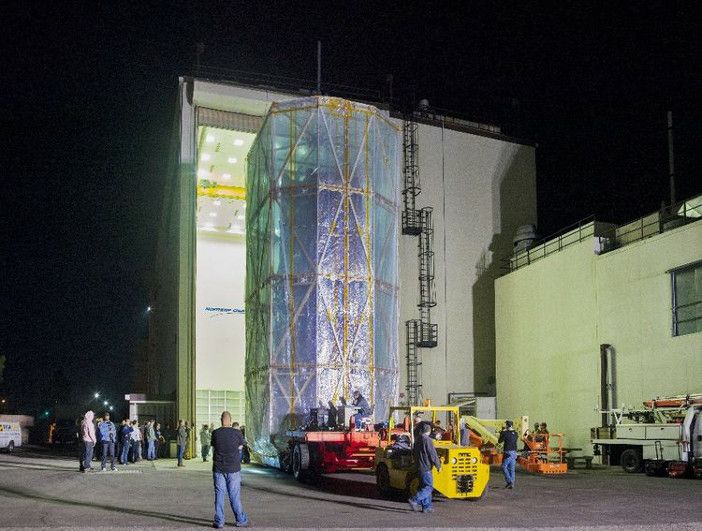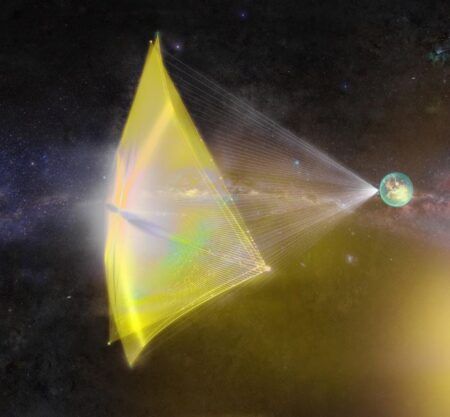The spacecraft part of NASA’s James Webb Space Telescope has successfully completed acoustic and sine vibration testing at Northrop Grumman’s facility in Redondo Beach, California.
The James Webb Space Telescope (JWST) is the successor to the Hubble Telescope and is one of NASA’s most complex and expensive projects.
The acoustic and sine vibration tests conducted at Redondo Beach simulated the conditions that the James Webb Space Telescope’s (JWST) spacecraft element (SCE) will endure during launch. The successful completion of the tests validates the structural design of the spacecraft and verifies its integrity.
The JWST comprises of three parts: The Integrated Science Instrument Module, the Optical Telescope Element, which includes the mirrors and backplane, and the SCE, which includes the spacecraft bus and the sunshield. The spacecraft bus houses the spacecraft’s power, attitude control, propulsion, communication and data and thermal control systems.
Scott Willoughby, vice president and program manager, James Webb Space Telescope at Northrop Grumman said, “Mission success remains our focus for Webb, a first of its kind space telescope. Successful environmental testing of the SCE builds further confidence in its structural design integrity, built to withstand the stresses of launch.”
The SCE was subjected to acoustic noise levels of 140.7 decibels, which simulated the high noise levels generated from rocket engines and turbulent air flow during launch.
Vibration testing simulated the vibration and shaking Webb will experience during launch using a large electrodynamic shaker along three orthogonal axes. Sinusoidal vibration was applied by starting at a low, subsonic frequency of 5 hertz and “sweeping” up to a medium frequency of 100 hertz in the course of just over one minute.
The completion of acoustic and sine vibration testing advances Webb’s SCE to its final environmental test of thermal vacuum testing. Post thermal vacuum testing, Webb will return to Northrop’s clean room for full deployment and integration of the Optical Telescope Element and Integrated Science Instrument Module later this year.
The JWST is an international program led by NASA with the European Space Agency and the Canadian Space Agency. The JWST project has been beset by delays and cost overruns – it was originally planned to launch in October 2018, but is now scheduled to launch in 2021.





